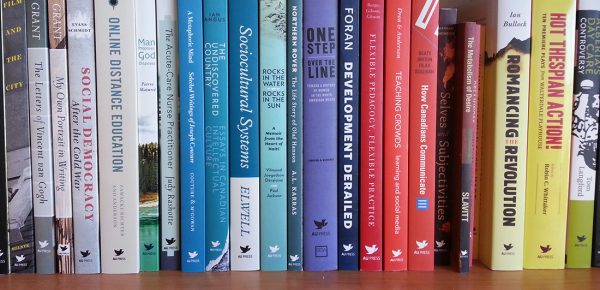Ethnohistory is not just a congeries of research tools or methods. It also affords a common ground where kindred spirits can meet and communicate, not only to share findings but also to sharpen our understandings and interpretations by asking new questions that we might never think of if we were confined within a particular discipline or if we conducted our research without attending to Indigenous perspectives and knowledge.
So writes Jennifer S. H. Brown, acclaimed ethnohistorian and recent winner of the Canadian Historical Association’s Lifetime Achievement award, in her new book, An Ethnohistorian in Rupert’s Land. This publication is a collection of Brown’s most interesting and useful articles and a timeline of her scholarly career. This journey through Rupert’s Land begins in 1670 when Rupert’s Land is created through an agreement between the Hudson’s Bay Company and King Charles II. The timeline below follows Brown’s journey as she travels through this territory and meets influential figures, listens to stories, interprets written documents, and challenges the traditional methods of learning history.
 An Ethnohistorian in Rupert’s Land tells some of the tales of Rupert’s Land but it is also a useful resource for challenging the way we think about history. In clear and often witty prose, Jennifer Brown shares what she has learned over a 40-year career. Her insightful observations will be inspiring to anyone working in anthropology or history. Take heed of the words of Jacob Berens, a Treaty 5 Chief:
An Ethnohistorian in Rupert’s Land tells some of the tales of Rupert’s Land but it is also a useful resource for challenging the way we think about history. In clear and often witty prose, Jennifer Brown shares what she has learned over a 40-year career. Her insightful observations will be inspiring to anyone working in anthropology or history. Take heed of the words of Jacob Berens, a Treaty 5 Chief:
Don’t think you know everything. You will see lots of new things and you will find a place in your mind for them all. (284)

